
About Lewis Super Acids:
- Lewis super-acids are derived from Lewis acids, named after the chemist, G N Lewis.
- Lewis superacids are used as catalysts in chemistry to accelerate reactions.
- These are compounds that add electron pairs and can be used to break strong chemical bonds and speed up reactions.
- These are highly reactive reagents, thus difficult to produce and use.
- It enables non-biodegradable fluorinated hydrocarbons (similar to Teflon) to be converted back into sustainable chemicals.
- It can even convert climate-damaging greenhouse gases, such as sulphur hexafluoride into sustainable ones.
What are Lewis Acid and Base?
- Lewis Acid: It is an electron-pair acceptor such as a Hydrogen ion (H+)
- Lewis Base: It is an electron-pair donor such as the hydroxide (OH-) ion.

About SWAMIH Fund:
- The Special Window for Affordable and Mid-Income Housing (SWAMIH) Investment Fund I is India’s largest social impact fund specifically formed for completing stressed and stalled residential projects.
- The Fund is sponsored by the Ministry of Finance, Government of India, and is managed by SBICAP Ventures Ltd., a State Bank Group company.
- The Fund has no precedent or comparable peer fund in India or the global markets.
- It is a Category-II AIF (Alternate Investment Fund)debt fund registered with SEBI
- Since the Fund considers first-time developers, established developers with troubled projects, developers with a poor track record of stalled projects, customer complaints and NPA accounts, and even projects where there are litigation issues, it is considered as the lender of last resort for distressed projects.
What is Alternate Investment Fund?
- Alternative Investment Fund or AIF means any fund established or incorporated in India which is a privately pooled investment vehicle which collects funds from sophisticated investors, whether Indian or foreign, for investing it in accordance with a defined investment policy for the benefit of its investors.
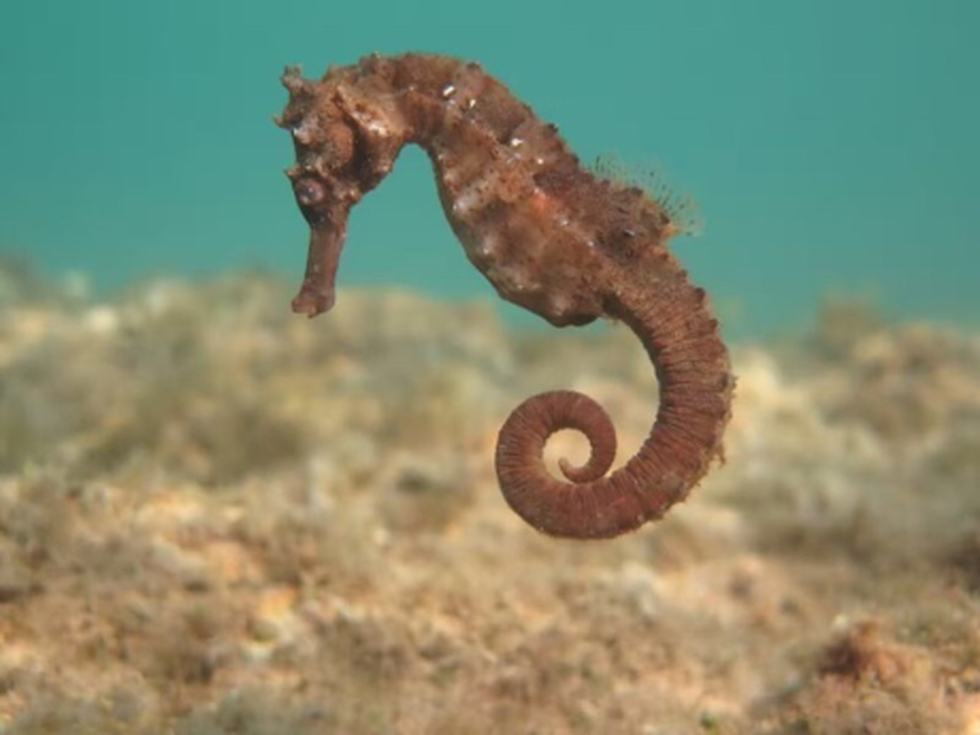
About Great Seahorse:
- Great seahorses can be found in relatively deep waters.
- These are ovoviviparous and the males give birth to live young.
- They also have some traits, such as small body size, fast growth and high fecundity, that may confer resilience to high levels of exploitation
- There are 46 known species of seahorses worldwide. India's coastal ecosystems are home to nine of the twelve species found in the Indo-Pacific, which is a hotspot for seahorse populations.
- They are distributed across diverse ecosystems such as seagrass, mangroves, macroalgal beds, and coral reefs.
- These nine species are distributed along the coasts of eight States and five Union Territories from Gujarat to Odisha, apart from Lakshadweep and the Andaman and Nicobar Islands.
- They are poor swimmers but migrate to new habitats by rafting (clinging to floating substrata such as macroalgae or plastic debris for dispersal by ocean currents) to ensure the survival of their population.
- Conservation status
- IUCN: Vulnerable
- CITES: Appendix II
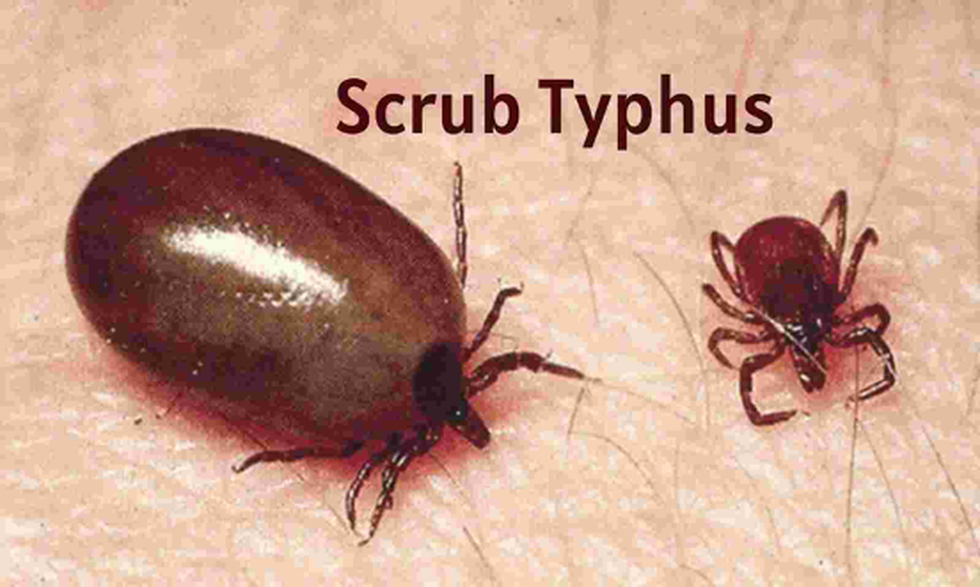
About Scrub typhus:
- Scrub typhus is a life-threatening infection caused by Orientia tsutsugamushi bacteria which is a major public health threat in South and Southeast Asia.
- It is spread to people through bites of infected chiggers (larval mites).
- Symptoms: The most common symptoms of scrub typhus include fever, headache, body aches, and sometimes rash.
- Treatment: Scrub typhus should be treated with the antibiotic doxycycline. Doxycycline can be used in persons of any age.
- There is no vaccine available for this disease.
What is Typhus fever?
- Typhus fevers are a group of diseases caused by bacteria that include epidemic typhus, scrub typhus, and murine typhus.
- Epidemic typhus is caused due to Rickettsia prowazeki and spread by body lice.
- Scrub typhusis caused due to Orientia tsutsugamushi and spread by chiggers.
- Murine typhusis caused due to Rickettsia typhi spread by fleas.
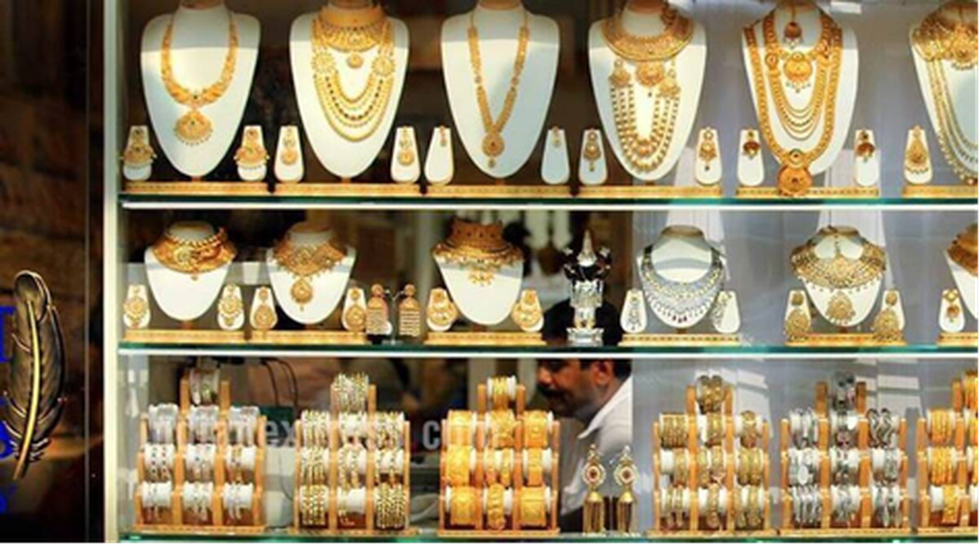
About Hallmark Unique Identification:
- The HUID is a unique 6-digit alphanumeric code consisting of numbers and letters.
- The HUID will be given to every piece of jewellery at the time of hallmarking and it is unique for every piece of jewellery.
- This unique number is stamped manually, on jewellery at the Assaying & Hallmarking centres.
- Present scenario: Earlier, the HUID used to be 4 digits and now both 4 and 6-digit HUIDs are used in the market.
- From April 1st 2023, only 6-digit alphanumeric codes will be allowed.
- Symbol - The BIS Hallmark consists of 3 symbols namely the BIS logo, Purity/Fineness Grade, and a six-digit alphanumeric code
- The authenticity of hallmarked jewellery can be checked by using the 'verify HUID' feature on the BIS Care App.
What is the Bureau of Indian Standards?
- Bureau of Indian Standards (BIS), the National Standards Body of India established under the BIS Act 2016.
- Objective: Harmonious development of the activities of standardisation, and quality assurance of goods and articles.
- It works under the Ministry of Consumer Affairs, Food & Public Distribution.
- BIS represents India in International Organization for Standardization (ISO) and International Electrotechnical Commission (IEC).

About Enemy property:
- The enemy properties are those left behind by the people who took citizenship of Pakistan and China after leaving India during the partition and after 1962 war.
- The enemy properties are vested with the Custodian of Enemy Property for India (CEPI), an authority created under the Enemy Property Act 1968.
- The 2017 amendment to the Act (Enemy Property (Amendment and Validation) Act, 2017) stated that the successors of those who migrated to Pakistan and China ceased to have a claim over the properties left behind in India.
- The amended law stated that enemy property should continue to vest in the Custodian even if the enemy, enemy subject, or enemy firm ceases to be an enemy due to death, extinction, business winding up, or change of nationality or if the legal heir or successor is an Indian citizen or a citizen of a non-aggressive country.
- Of the total 9,406 enemy properties in India, 9,280 are left behind by Pakistani nationals and 126 properties by Chinese nationals.
- Maximum number of enemy properties is in Uttar Pradesh - 4,991. Bengal has 2,735, and Delhi has 487.
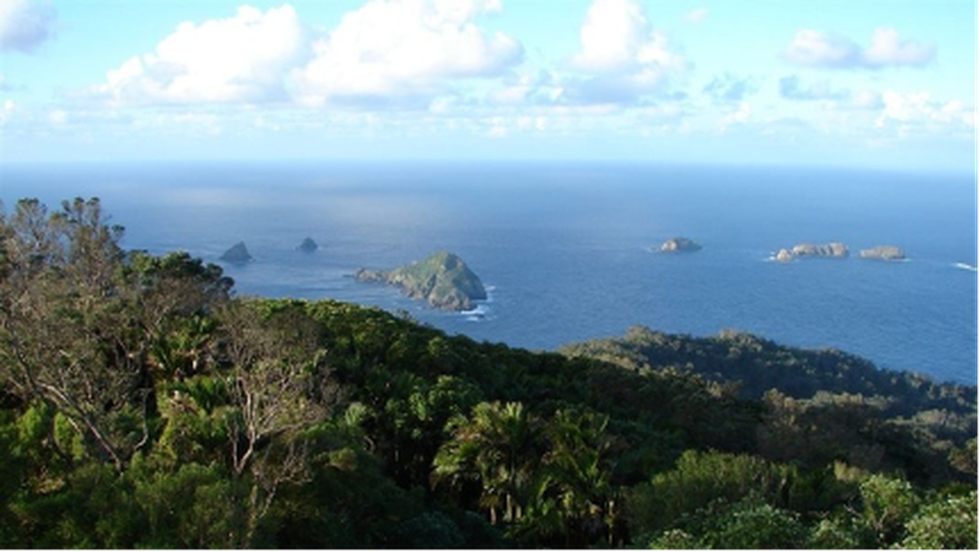
About Kermadec Islands:
- They are volcanic island group in the South Pacific Ocean, 600 mi (1,000 km) northeast of Auckland, New Zealand.
- They are a dependency of New Zealand.
- The islands are a volcanic island arc, formed at the convergent boundarywhere the Pacific Plate subducts under the Indo-Australian Plate.
- They are the tiny emergent part of a chain of submarine volcanoes that define the Kermadec ridge.
- They are uninhabited, except for Raoul Island where a team of Department of Conservation staff carry out weed control work and make meteorological observations.
- The climate of the islands is subtropical.
- The islands are seismically active.
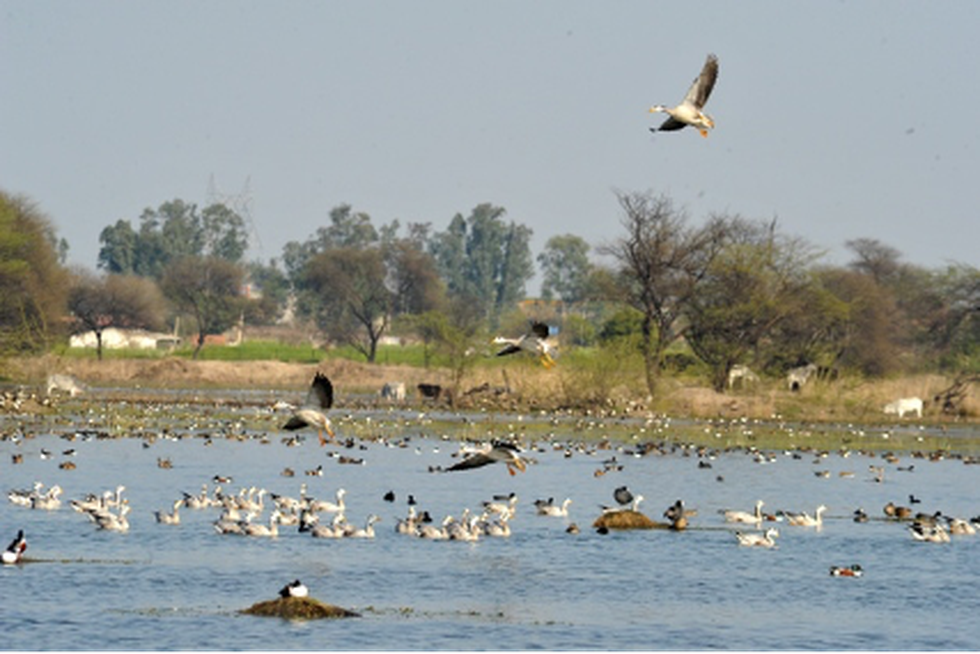
About Sultanpur National Park:
- Sultanpur National Park, formerly known as Sultanpur Bird Sanctuary, is located in the Gurgaon district in Haryana.
- It is spread over 1.42 sq km, comprising mainly wetlands.
- This national park is a major habitat for aquatic birds, including migratory and resident birds.
- It was notified as a Ramsar site, a wetland of international importance, in 2021.
- Vegetation: Tropical and dry deciduous.
- Flora: Grasses, dhok, khair, tendu, ber, jamun, banyan tree, neem, berberis, Acacia nilotica and Acacia tortilis.
- Fauna:
- More than 320 species of birds have been recorded from the Park.
- This is a very important wintering ground for waterfowl.
- Some of the resident and migratory species of birds found in the area are the Common hoopoe, Purple sunbird, Black francolin, Little cormorant, Indian Cormorant, Siberian Crane, Greater Flamingo, Common Teal, Common Greenshank, Ruff, etc.
- Other Key Fauna: There is no large wild mammal of conservation concern in this Park. Nilgai antelope (Boselaphus tragocamelus) is the major wild ungulate in this park.
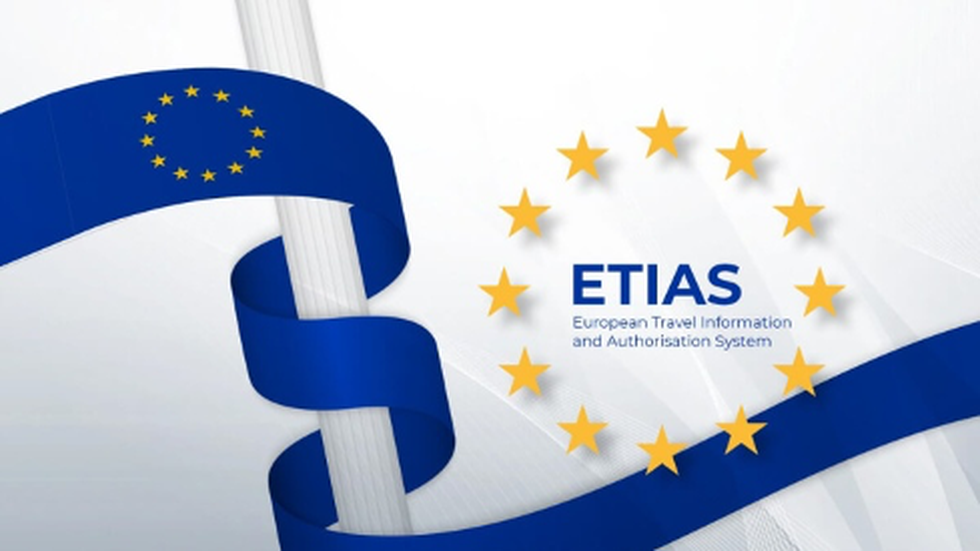
About European Travel Information and Authorisation System (ETIAS):
- It is a proposed digital travel authorization system for visa-exempt visitors to the EU and its Schengen Area.
- ETIAS is not a visa and is more accurately referred to as a visa waiver.
- It is a completely electronic system that allows and keeps track of visitors from countries who do not need a visa to enter the Schengen Zone.
- It will gather, keep track of, and update necessary information regarding visitors to determine whether it is safe for them to enter Schengen countries.
- The ETIAS will undergo a detailed security check of each applicant to determine whether they can be allowed to enter any Schengen Zone country.
- The ETIAS, besides being used for business and tourist purposes, will also allow people to visit the Schengen countries for medical and transit reasons.
- It will be mandatory for all countries that are Schengen visa-free.
What is the Schengen Area?
- The Schengen Area, or Schengen Countries Zone, is a group of 27 European nations that have abolished border controls between each other.
- Most European Union (EU) countries are signatories to the Schengen Agreement, although some non-Schengen countries, like Bulgaria and Romania, are signed up but not yet active members.
- Switzerland, Iceland, and Norway are not in the EU but are inside of the Schengen Area.

About the Organisation of Islamic Cooperation (OIC):
- It is the second-largest intergovernmental organization in the world after the United Nations, with a collective population reaching over 1.8 billion.
- It has a membership of 57 states spread over four continents.
- Objective: It aims to preserve Islamic values, safeguard and defend the national sovereignty and independence of member states, and contribute to international peace and security.
- The OIC is the collective voice of the Muslim world to ensure and safeguard their interest in economic, socio, and political areas.
- It was established in September 1969.
- Headquarters: Jeddah, Saudi Arabia.
- Its official languages are Arabic, English, and French.
- The OIC partners with international mechanisms (including every specialized UN agency), governments, and civil society organizations (CSOs) to address issues of concern to its member states and Muslims worldwide.




.jpg)
























































































































































.png)
.png)
.png)
.png)
.png)


.png)
.png)
.png)





.png)
.png)






.png)
.png)
.png)
.png)
.png)
.png)
.png)
.png)
.png)

.png)







.png)
.png)


.png)
.png)
.png)


.png)

.png)
.png)





.jpg)

.png)
.png)


.png)

.png)
.png)
.png)

.jpg)

.jpg)


.png)

.png)
.png)
.png)
.png)
.png)
.png)
.png)
.png)
.png)
.png)




.png)

.png)





.png)
.png)
.png)
.png)
.png)
.png)
.png)
.png)
.png)
.png)
.jpg)
.jpg)

.png)
.png)
.png)
.png)
.png)
.png)
.png)
.png)
.png)
.png)
.png)
.png)
.png)
.png)
.png)
.png)
.png)
.png)
.png)
.png)
.png)
.png)



.png)
.png)

.jpg)
.jpg)


.jpg)
.jpg)
.jpg)
.jpg)
.jpg)

.jpg)








.jpg)
.jpg)
.jpg)
.jpg)
.jpg)

















.jpg)





.jpg)


















.jpg)
.jpg)






























































































.jpg)
.jpg)


























.jpg)

.jpg)










.jpg)








.jpg)




.jpg)










.jpg)


















.jpg)












































.jpg)














.jpg)
.jpg)
.jpg)





.jpg)

.jpg)
.jpg)





































































.jpg)


































.jpg)
.jpg)
















































.jpg)












.jpg)


.jpg)




.jpg)
.jpg)
.jpg)

.jpg)
.jpg)
.jpg)
.jpg)

.jpg)
.jpg)
.jpg)

.jpg)
.jpg)
.jpg)
.jpg)
.jpg)
.jpg)
.jpg)
.jpg)

.jpg)


.jpg)
.jpg)
.jpg)
.jpg)
.jpg)
.jpg)
.jpg)
.jpg)
.jpg)
.jpg)











.jpg)
.jpg)





.jpg)
.jpg)
.jpg)
























.jpg)
























.jpg)









.jpg)
.jpg)







.jpg)
.jpg)









































.jpg)
.jpg)
.jpg)
.jpg)
.jpg)

.jpg)
.jpg)
.jpg)
.jpg)
.jpg)


.jpg)
.jpg)
.jpg)
.jpg)
.jpg)

.jpg)
.jpg)
.jpg)
.jpg)
.jpg)
.jpg)
.jpg)
.jpg)
.jpg)
.jpg)
.png)

.png)
.png)

.png)
.png)
.png)
.png)


.jpg)
.jpg)

.jpg)
.jpg)
.jpg)

.png)
.png)
.png)
.png)
.png)
.png)
.png)

.png)
.png)
.png)
.png)
.png)
.png)
.png)
.png)
.png)
.png)





































































-min.png)



.png)




.png)








































